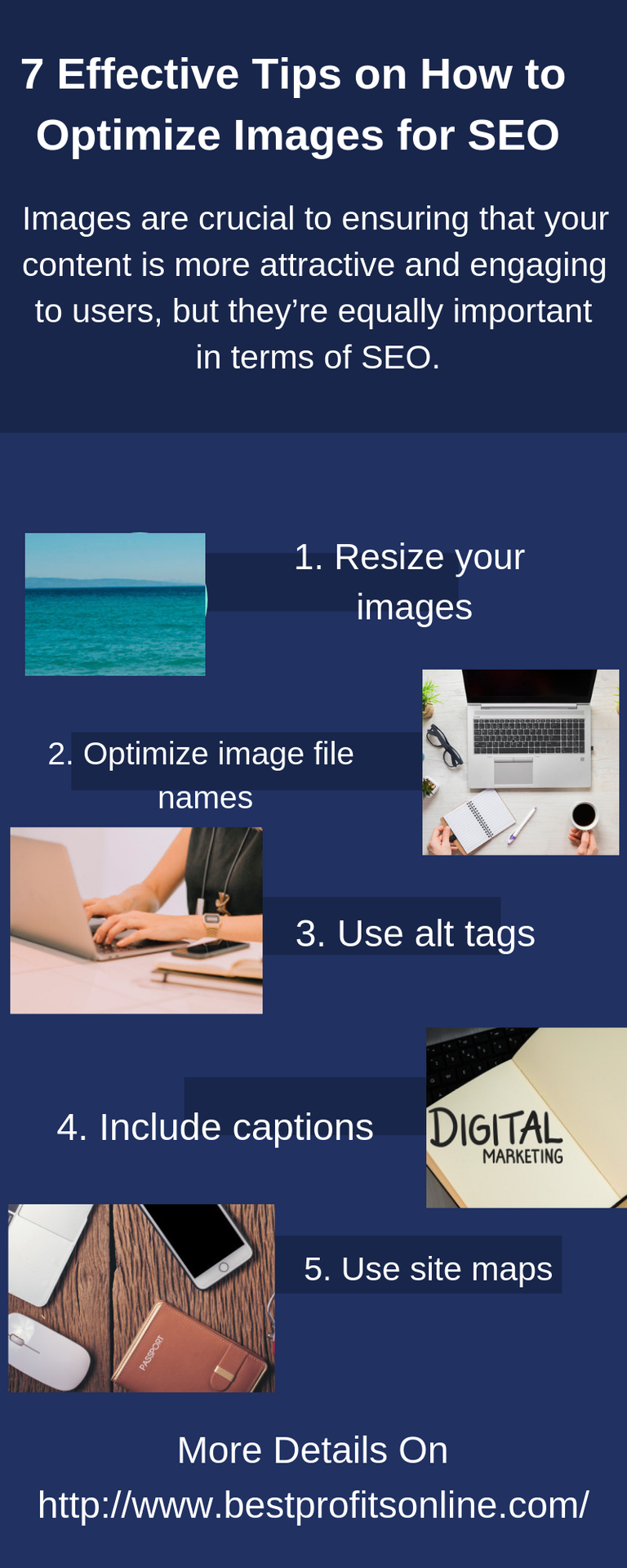
Images are crucial to ensuring that your content is more attractive and engaging to users, but they’re equally important in terms of SEO.
Images give search engines important contextual information and also, optimized images speed up page loading, which increases user engagement and search engine rankings.
To give your brand the best opportunity to succeed with SEO, you should understand the basics of image optimization.
Image optimization is the process of creating and delivering high-quality images in the ideal format, size, and resolution to increase user engagement. It also involves accurately labeling images so search engine crawlers can read them and understand page context.
Because images consume more bytes than any other part of a website, their size and complexity influence site performance.
If you reduce the size of images without compromising quality, page load times improve and, subsequently, the experience of website visitors does too. A study shows that a one-second delay in load time equals a 7% drop in conversions and that around 40% of people abandon a website that takes more than three seconds to load.
Improved user experience and interactions with your site have a positive impact on search engine rankings, which further improves customer engagement, conversions, and customer retention.
Here are the tips you need to know about image optimization.
- Resize your images
Image size and file size are not the same thing. Image size refers to the dimensions of an image (e.g., 1024 by 680 pixels). File size is the amount of space needed to store it on the server (e.g., 350 kilobytes).
Images with higher resolution and larger dimensions (often created with a professional camera) slow your page load times considerably. While they work well for print reproduction, you need to scale down the file size without losing too much quality for them to work well on the web.
Choose the right compression rate
If you compress an image too much, the file size is small but the image quality is poor. On the other hand, when you use a low compression rate, the image quality is high but the file size is huge.
Ideally, you should experiment with your file types and compression rates to see what works best for each image. Many image-editing tools, including Adobe Photoshop, have a “save for the web” option, which automatically minimizes the file size while optimizing image quality.
Test optimization for speed
After you’ve optimized your images, test your site speed.
- Optimize image file names
Choosing the right file name is important for your page SEO and for ranking in image search results. Before uploading an image, name the file with relevant, descriptive keywords to get the most SEO power.
Include target keywords at the beginning and separate them with hyphens. Don’t use underscores because search engines don’t recognize them and won’t be able to “see” the words individually.
File names should make sense to both search engines and humans.
- Use alt tags
Viewers may understand what a picture is about, but search engine spiders don't. Without alternative text, it’s impossible for search engines to accurately index your image content.
A good alt tag provides context and helps visually impaired users too. Even when images aren’t loading because of a glitch, search engines can still read the alternative text to help rank a page.
Brand-relevant words can be included here to boost visibility. Just avoid keyword stuffing.
- Optimize the image title
If you use WordPress, the image title is usually taken from the name of the file so you can sometimes leave it as it is. If you don’t use WordPress or the title doesn’t explain the image, rename it with the appropriate keywords in the same way as file names.
Image titles are less important for SEO, but they can provide additional context to the alt text. Image titles are more helpful in terms of user engagement. Consider adding a brief call to action such as “buy now” or “download today.”
- Include captions
Image captions – the words directly beneath images – may not have a direct impact on SEO, but, unlike file names and alt text, captions are visible on a website page. For this reason, they can add to the user experience.
Most people are drawn to image captions to get a feel for the overall content. Without image captions, your bounce rates could increase, damaging your credibility with search engines.
- Use unique images
Using stock photos is fine, but they won’t necessarily help your search rankings, as other websites often use the same images. In the same way that unique written content is better for SEO, it’s a good idea to upload unique images whenever possible.
- Ensure that your text complements the images
The copy on the page can help search engines determine the relevancy of your images. If it doesn’t include enough information to explain an image, add more relevant text, and describe the image if possible.
Use site maps
Site map it’s a file that contains a map of your site’s content.
Site maps are an important part of SEO because they tell search engines about all the pages of your site. To ensure that search engine crawlers notice every image – an infographic, meme, photo, video thumbnail, etc. – include them in your site map.
Now you know how to optimize your website images and how to create an effective SEO plan for your business. Simple tips but very important for your business success.
Hi! I am a robot. I just upvoted you! I found similar content that readers might be interested in:
https://contentmarketinginstitute.com/2019/03/optimize-images-seo/